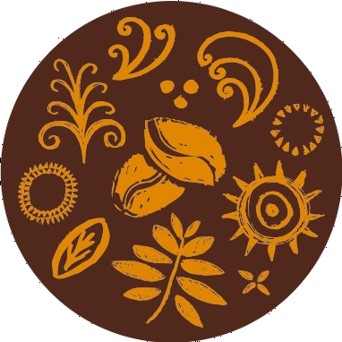When Trendtype first started looking at the middle class in Africa, we were struck by two things: how unclear the definition was of ‘middle class’ and how poor quality information about the size of the middle class is.
To start with, when most people in, say, the US or Europe talk about middle class they mean one thing in their domestic markets. And they mean something entirely different in Africa. In Africa, ‘middle class’ can mean someone on an income of as little as $4 a day: this is the benchmark used to give a size of several hundred million ‘middle class’ consumers in Africa.
Are they really middle class though?
We prefer the term the consumer class – the class of consumers who have entered the consumer economy in a meaningful way and who can buy products and services that are mass marketed to consumers – like mobile phones, bottles of beer, laundry powder, and even bank accounts.
We also think that income-based sizing of the middle class in Africa is hugely misleading, for several reasons: it only takes one of any of the following variables to be wrong to skew the middle class by a lot: the size of a country’s gross national income, the size of its population, the distribution of income.
The arguments for why income-based assessments of the middle class fail are well rehearsed, but consider this: many more countries will follow the lead of Nigeria and Kenya and increase the size of their GDP. And when they do, the size of the middle class with grow substantially overnight, creating new markets for products…. new markets that actually already exist, because consumers were not waiting for statistical offices to deliver updates on the national economy before deciding whether they had the income available to buy things.
So how do we calculate the size of the middle class?
If income based-assessments are outdated, misleading or flat out wrong, where does that leave us? We can look at living standards and what consumers have spent money on. And in fact, Trendtype is doing that – building a middle class model that looks at tiers of consumer classes by what they own.
At the lowest end of the scale we have mobile phones: in 2013, we estimate that 158m households across Africa had a mobile phone. At the other end, far fewer households owned a car: in 2013, we estimate that 25m households owned a car. In the middle: refrigerators. In 2013, 68m households had a refrigerator.
These tangible indicators of ownership and living standards give us a far more accurate picture both of the size of the middle (or consumer class), but also what the addressable market is likely to be for companies selling their products and services into the consumer sector. Furthermore, these indicators are often far more sensitive to changes in income than income based measures.
In fact, by looking more closely at consumer lifestyles, we can actually see where the economic data is likely to be wrong: living standards help us predict the size and shape of the economy, not the other way round.









